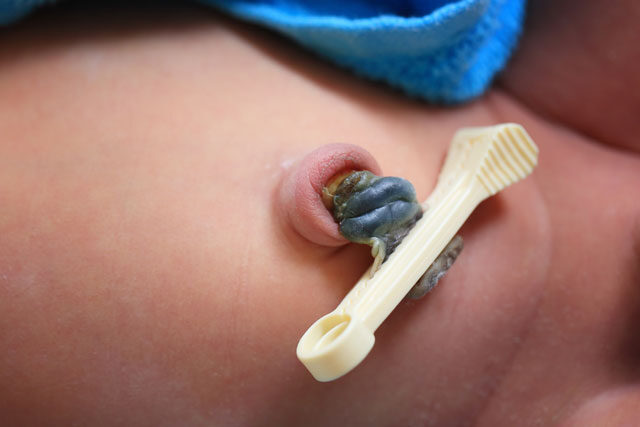HCG Levels for Molar Pregnancy – Molar pregnancy is a rather rare medical condition. Its incidence rate for patients living in the European and North American continent varies from 0.57 to 1.1 per 1000 pregnancies. This figure is significantly higher in the countries of Asia and in Japan where the molar pregnancy incidence rate reaches 2 per 1000 pregnancies.
Let’s have an in-depth look at what molar pregnancy is. How it is diagnosed and what treatment options your healthcare provider can offer.
The Basics about Molar Pregnancy
Molar pregnancy is one of the types of gestational trophoblastic disease. This is a complex name for malignant and non-malignant neoplasm appearing during pregnancy.The GTD also comprises choriocarcinoma, persistent trophoblastic disease, and an extremely rare condition called a trophoblastic tumor.
The problem of molar pregnancy and GTD overall has been the point of more than 20 years of studies by the American doctor and scientist Berkowitz R.S.It’s due to his scientific work that we know so much about this abnormality.
How a molar pregnancy appears? Such a health condition is a result of an abnormality that happens during the fertilization of the egg by the sperm. Based on the type of abnormality, a molar pregnancy is subdivided into two types:
- Complete hydatidiform moles form when an ovum without genetic material, aka chromosomes, is fertilized by healthy sperm. In complete molar pregnancies, no fetal tissue is formed. Instead, clusters of sacs filled with water start growing in the womb, which is why it is calledhydatidiform.
- Partial hydatidiform moles develop when a normal egg is fertilized with two sperms. Along with the molar tissue, such moles also contain the signs of fetal tissue.
Both forms are considered noninvasive, as the molar tissue doesn’t grow into the myometrium and vascular system of the uterus. Both complete and partial molar pregnancy are considered premalignant due to their potential to grow into cancer. However, as practice shows, a complete mole is more likely to become cancerous.
Aside from these, there is also an invasive mole type, which is characterized by a deep invasion of the tumor into the myometrium. Such moles are usually cancerous.
The Diagnosis of Molar Pregnancy
The signs and symptoms of molar pregnancy are usually noticed by your healthcare provider once you visit a medical center for your first pregnancy checkup. The typical symptoms signaling this abnormality include:
- Vaginal bleeding, which is characterized by an abundance of blood clots or water-like brown discharge. Such a symptom is characteristic of the 6th – 12th weeks of molar pregnancy.
- The size of your belly is bigger or smaller than expected at the evaluated term of gestation. It’s too big in the case of a complete mole and too small in a partial mole.
- Severe morning sickness is another symptom characteristic of molar pregnancy.
Aside from the symptomatic evaluation, to diagnose molar pregnancy your healthcare provider will likely need ultrasound results as well as measurements of the human chorionic gonadotropin levels.
Ultrasound only may fail to show the true picture as a partial molar, for instance, may be difficult to differentiate using this method. The blood tests, on the other hand, are more than demonstrative of molar pregnancy because the HCG levels are extremely high and may reach up to 100,000 mIU/mL.
The treatment tactics will depend on the type of molar pregnancy and its histological profile. The latter determines whether it is a cancerous or non-cancerous tumor.
Molar Pregnancy Treatment and Prevention
Planning a pregnancy, it’s essential to know your risk of molar pregnancy. The increased risk of GTD is present in women who get pregnant at ayoung teen and those conceiving later than 45.
Those patients who have already had molar pregnancies are also considered high-risk. If you’ve had it once, the chance that it repeats is about 1%. But if there are two or more such pregnancies in your medical history, your risks grow to 15 – 20%.
The management of gestational trophoblastic disease depends on its type and gestation term. If found early, your doctor may recommend suction dilation and curettage, which implies the removal of the molar tissue from the uterus with the help of a vacuum. This is the least invasive method of treatment you can be offered. It allows for preserving fertility and planning a future pregnancy.
In the case of a placental-site trophoblastic tumor, the surgical removal of the uterus and cervix may be recommended. This is a major surgical operation, which doesn’t allow for preserving fertility.
If the histological profile of the tumor is malignant, you’ll be offered to undergo chemotherapy treatment. It is a highly efficacious method of molar pregnancy treatment and can be used alone or along with surgery. Anyway, you should discuss all available options with your healthcare provider.
HCG Levels for Molar Pregnancy – Summing up
Due to the improved methods of diagnostics, particularly testing for HCG levels, the maternal death rate related to this pathology has significantly reduced. Molar pregnancy is treatable. That’s the main thing you should remember.




